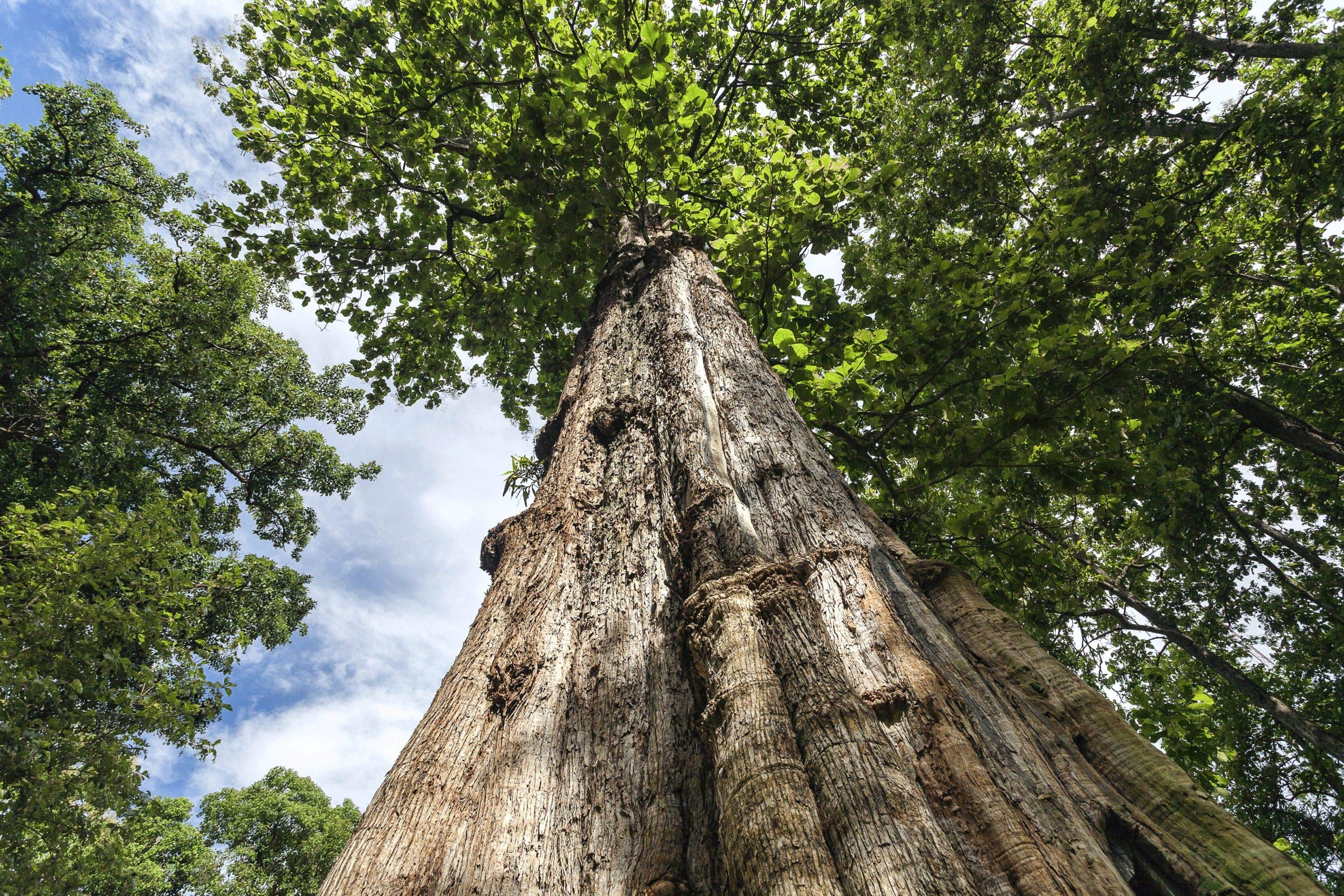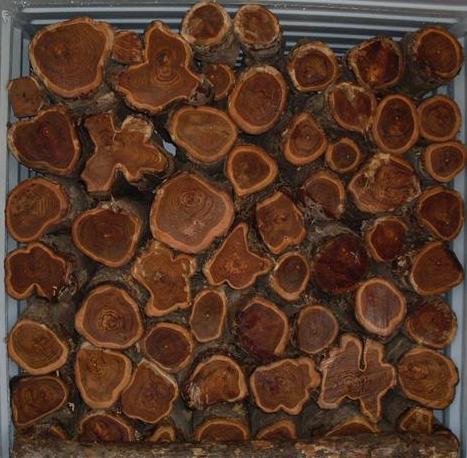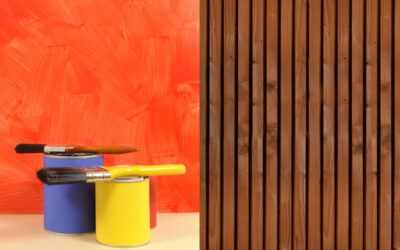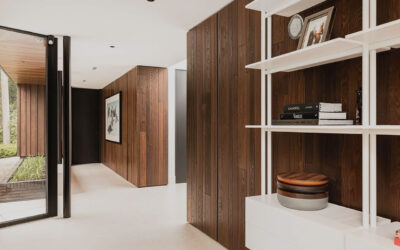
Teak Wood Tree
Quick Read:
10-Point Highlights: Comparing 1st-Grade and 2nd-Grade Teak Wood
- Grain/lines Patterns: 1st-grade teak’s consistent patterns that are tighter; 2nd-grade showcases varied/distant patterns.
- Sapwood: 1st-grade’s slight yellowish sapwood; 2nd-grade features higher sap content.
- Oil Content and Resistance: 1st-grade’s 90% teak oil content naturally resists termites and decay; 2nd-grade offers moderate anti-termite properties.
- Architectural Versatility: 1st-grade suits intricate carvings in high-end projects; 2nd-grade brings authenticity to various design contexts.
- Tree Ages and Longevity: 1st-grade comes from trees aged 50+ years, ensuring exceptional quality; 2nd-grade’s 10-30 year trees offer cost-effectiveness.
- Global Origins: 1st-grade teak hails mainly from Central Province (CP) in India; 2nd-grade teak sources from diverse global regions.
- Elegance vs. Charm: Choose between 1st-grade teak’s flawless elegance and 2nd-grade’s rustic charm, each with a unique aesthetic.
- Captivating Colors: 1st-grade boasts a deep dark brown shade, while 2nd-grade exudes warmth in light brown or yellow hues.
- Preferred Uses: 1st-grade is favoured for luxury and longevity; 2nd-grade suits budget-conscious builders and contractors.
- Design Flexibility: Choose between sophistication or adaptability to create captivating environments that resonate with your vision.
A Symphony of Origins: Worldwide Sources of Teak
Let’s note that Teak wood’s journey begins across continents, imported from many countries. While the roots of this elegant wood extend from Burma & India to the demand central the United States, and Europe, for its distinct qualities, teak from different regions have intrigued architects and decorators alike for centuries.

CP Teak Wood
Beautiful Contrasts: 1st-Grade and 2nd-Grade Teak Wood

Premium Teak Logs
1st-Grade Teak: A Canvas of Perfection
Architects and interior decorators who seek the standard of beauty and quality often turn to 1st-grade teak wood. This grade is a masterpiece of elegance with its impeccable grain consistency, rich golden hue, and minimal knots.
What sets it even further apart is its remarkably high oil content, which contributes to its dark brown shade, creating a genuinely captivating aesthetic. This increased oil content also imbues the wood with natural resistance, making it inherently anti-termite and resistant to decay, ensuring that your creations stand the test of time.
Heartwood is dark gold-yellow and turns brown with light exposure. Its close grains with clearly visible lines are significantly tighter than second grade. This grade of teak is perfect for intricate carvings and detailing in high-end architectural projects. Interestingly, all heartwood was once sapwood, the outer, living part of the tree. Teak is a versatile wood with different-coloured sapwood used by woodworkers.

1st Grade Teak Wood

2nd-Grade Teak: Rustic Charm and Versatility
The beauty of second-grade teak wood lies in its rustic and natural appearance, filled with character and charm. While it may possess more knots and variations in grain, this grade’s appeal lies in its distinctiveness. The medium or low teak oil content lends a unique light brown or yellow colour shade to the wood, creating an inviting and cosy atmosphere in any space. This delightful hue adds a touch of warmth to interior designs, making them feel more comfortable.
Moderately anti-termite properties ensure durability, while the slightly higher sap content adds a dash of yellowish tint, contributing to its earthy appeal. Although not as close as 1st-grade teak grain patterns carry a charm, adding a sense of authenticity to designs.
Unlike its aged counterpart, 2nd-grade teak wood averages 10 to 30 years. This aspect influences its cost-effectiveness, making it a preferred choice for real estate builders and contractors looking to optimise costs without sacrificing the stunning ambience of teak wood. Its versatility shines through in various design contexts, from cosy rustic interiors to contemporary spaces seeking a touch of nature’s elegance.
In a world where aesthetics and budget considerations often intertwine, 2nd-grade teak wood stands as a bridge between artistic expression and practicality, allowing designers to craft captivating environments that capture the essence of nature’s beauty.
As architects and decorators, understanding the nuances between 1st-grade and 2nd-grade teak wood is pivotal in creating designs that truly resonate with your vision. By embracing teak wood’s diverse origins and distinct qualities, you’ll open up a world of artistic possibilities that enchant clients and spaces. So, whether it’s the refined appeal of 1st-grade teak or the rustic charm of 2nd-grade teak, let these grades inspire your next masterpiece!







